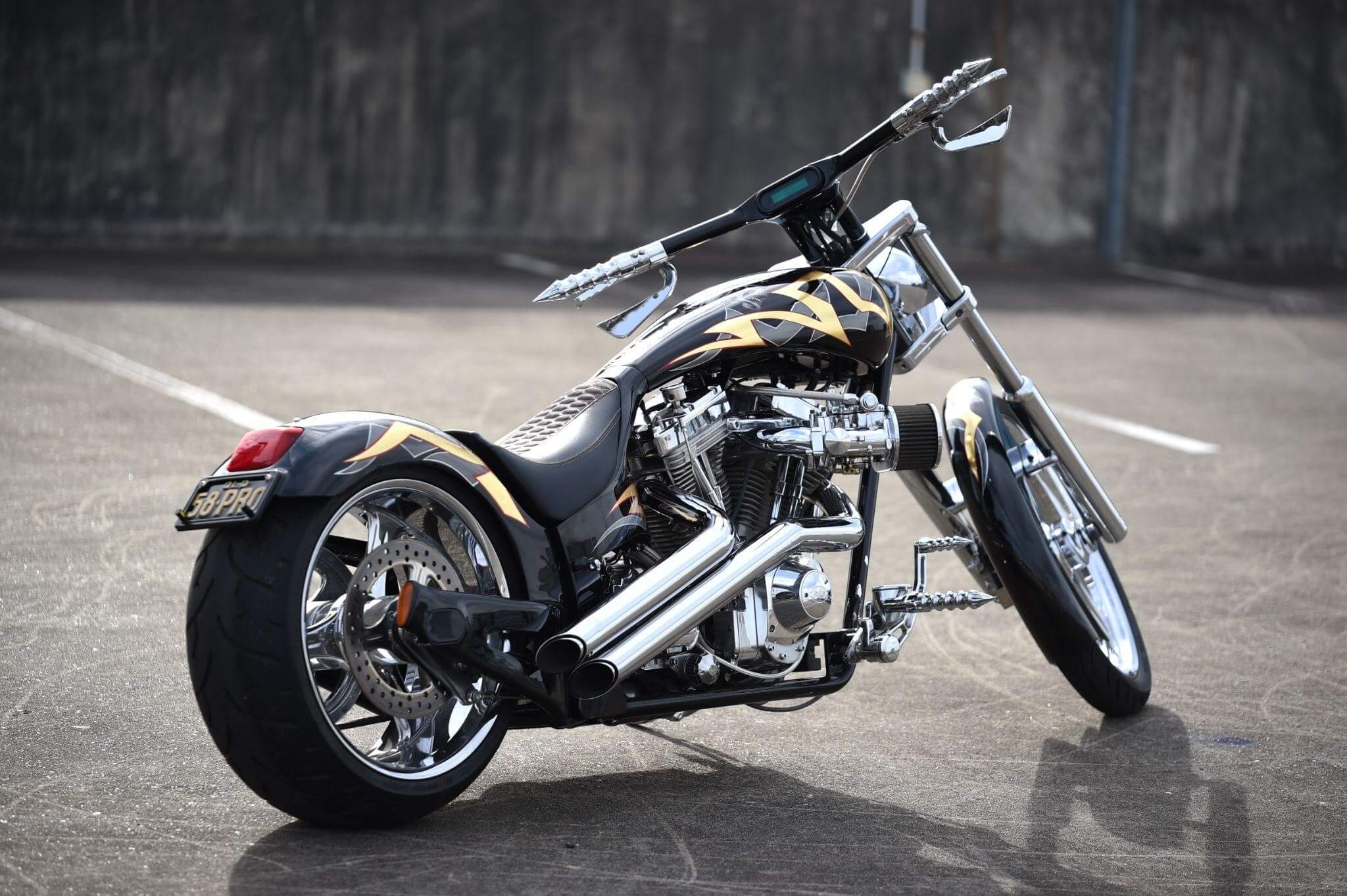Every motorcyclist knows how important maintaining the engine is for keeping their ride smooth and their bike running. Engine balancing is essential for improving the longevity and reliability of your motorcycle and enhancing your ride experience.
If you’ve kept your motorcycle stock, you won’t need to worry too much about motorcycle balancing because the manufacturer balances it for the best experience all around. However, if you’re worried about your motorcycle’s engine balance, you should bring it up whenever you go in for a routine or major service.
If you’re modifying your engine, such as replacing your pistons with lighter ones, it’s important to perform rebalancing for optimal performance. When balancing a motorcycle’s engine, the goal is to cancel out the forces that cause excessive vibrations. While it’s impossible to perfectly balance an engine and reduce vibration to zero, it is possible to strike a good balance between a powerful motor and minimal vibrations.
The Components Of A Motorcycle Engine
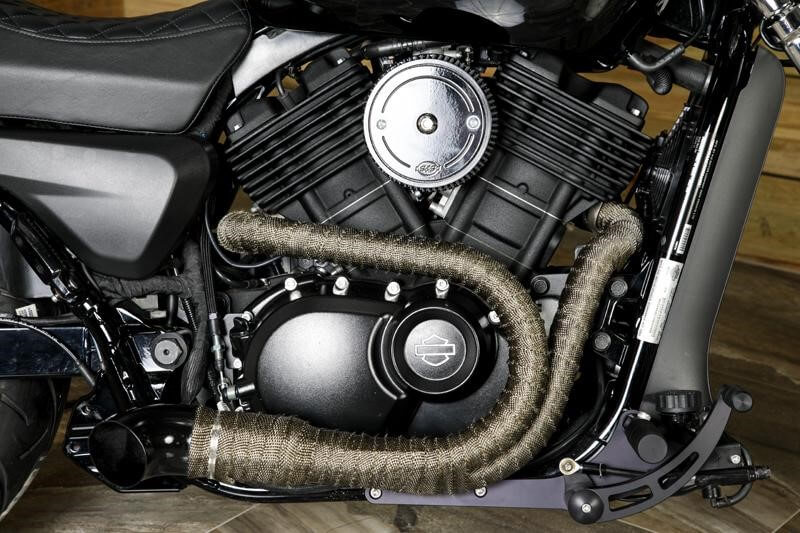
A motorcycle’s engine is the beating heart of the vehicle. If you want to understand your ride better, the engine is the best place to start. The exact components in the engine will depend on your motorcycle’s make and model, but below, we’ve broken down the general components found in most bikes.
Cylinder Head
The cylinder head is located on top of the motorcycle engine’s cylinder barrels. It plays an important role in sealing the combustion chamber and allowing for air and fuel to flow in. The cylinder head itself consists of a few components:
- The cylinder head features intake and exhaust valves, which control the flow of air, fuel, and exhaust gases.
- It’s also where the spark plugs are, which are crucial for igniting the combination of air and fuel for combustion.
Pistons
Every motorcycle engine has pistons, which are cylindrical components that move up and down within cylinders. They convert the energy that results from combustion into mechanical motion and are connected to the crankshaft via connecting rods.
Crankshaft
The crankshaft in a motorcycle’s engine is a crucial component in converting power. It is a long, rotating shaft located in the engine cases and typically made of strong metals like steel or cast iron. Along with the entire engine, it’s also important to balance the crankshaft.
Other Components
There are a few other components that make up a motorcycle’s engine. These include:
- Spark Plugs: An electrical component that is crucial in the combustion process, as its purpose is to ignite the combination of air and fuel.
- Camshaft: Along with the crankshaft, there is another shaft in a motorcycle’s engine, the camshaft. The camshaft controls the timing of the intake and exhaust valves.
- Valves: Every motorcycle engine features intake and exhaust valves. The intake valves allow the air/fuel mixture into the combustion chamber, while the exhaust valve lets the exhaust gas out.
- Timing Chain/Belt: Motorcycle engines feature a belt or chain that connects the crankshaft to the camshaft.
- Flywheel: Motorcycle engines feature flywheels, which are rotating discs attached to the crankshaft. They help smooth out the engine’s power delivery.
This is just a general overview of the basics of a motorcycle’s engine. The exact specifics of all the components in an engine, as well as their locations, will depend on the make and model of the bike. You can always find more information on this by looking in the bike’s manufacturer manual.
Why Balance A Motorcycle Engine
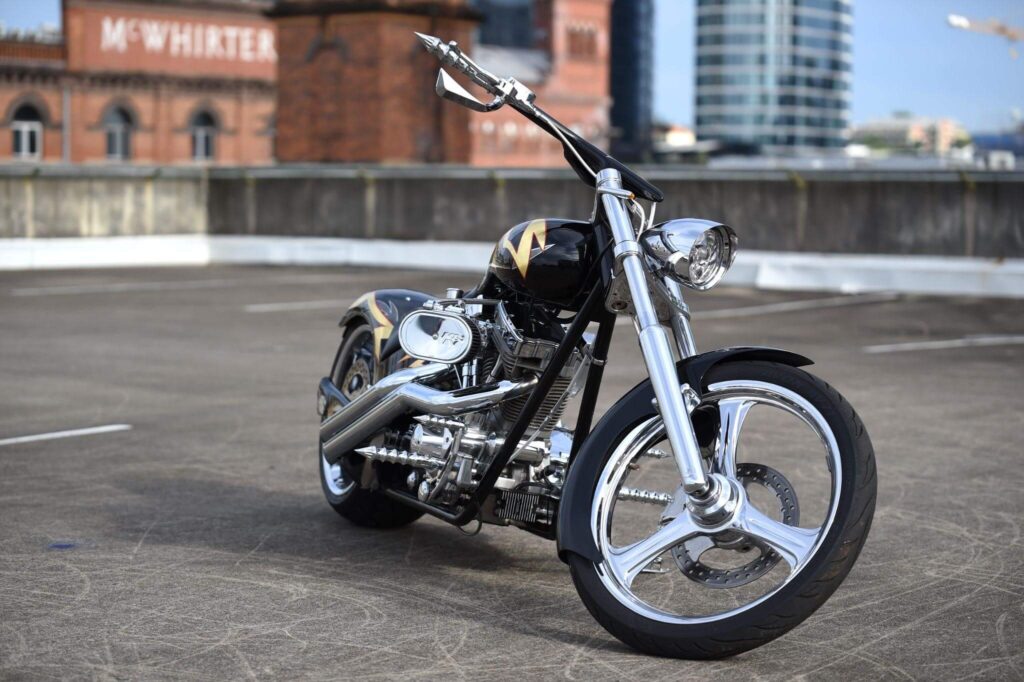
If you want to get the most out of your motorcycle, especially if you’re modifying it, then balancing the engine is essential. It’s important for a variety of reasons, not only for minimising vibrations and increasing comfort but also for performance.
Balancing the engine is the key to a smooth ride. It helps reduce vibrations, resulting in a smoother ride and less strain on the other motorcycle components.
Proper engine balancing will also reduce wear and tear. Excessive vibrations can lead to mechanical stress and wear out engine components. Balancing an engine is also a preventative measure, reducing the risk of engine failure.
If you want to get the most out of your engine, balancing is the key. A balanced engine is more efficient, as less energy is wasted on vibrations, leading to potentially better fuel efficiency. It also results in better consistency when riding in terms of acceleration and performance.
Finally, another huge benefit of a balanced engine is quieter operation. Balanced engines produce less noise due to reduced vibrations, which—unless you like loud engines—is better for your ears and results in a better riding experience.
How To Balance A Motorcycle Engine
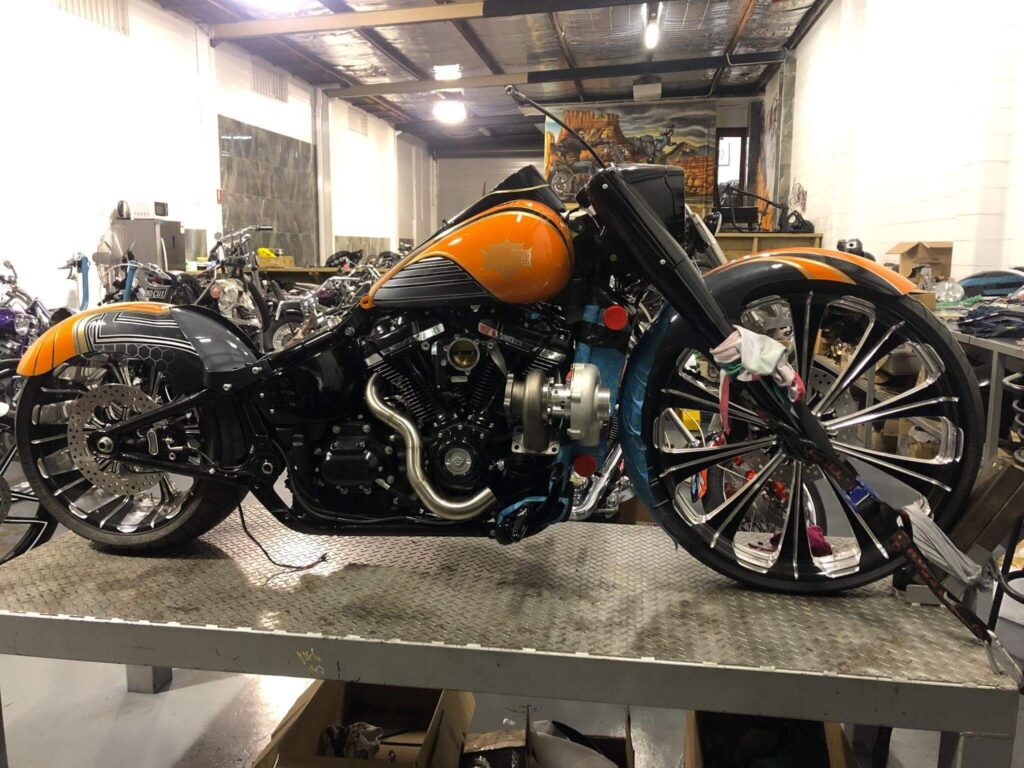
A motorcycle’s engine doesn’t have to be balanced regularly, as it comes from the factory with good balance. However, if any repairs or modifications have been made to the engine, that’s when you should get it balanced.
It’s also important to note that motorcycle engine balancing and crankshaft balancing are different things; however, crankshaft balancing is part of the engine balancing process. A motorcycle’s crankshaft needs to be aligned before any balancing of the component or engine is done.
Below, we’ve outlined the general steps to balancing a motorcycle’s engine and crankshaft. However, balancing an engine requires professional tools, industry experience, and a large workshop/space. If you’re not confident or experienced working on a motorcycle engine or don’t have the tools, we recommend going to a professional to balance your engine.
Inspection and Preparation
Preparation is key before balancing the engine. First, you’ll want to do a thorough inspection of the engine and all components. This includes looking for wear and tear and checking that the crankshaft, pistons, connecting rods, and bearings are all in good condition, as these can impact balancing.
You also want to clean the engine and any components if required because any dirt or debris can impact the balancing process. Finally, you want to get all your tools prepared and make sure you have ample workspace. You will need to disassemble the engine for balancing and reassemble it at the end.
Balancing the Crankshaft
There are two ways to balance a crankshaft: static balancing and dynamic balancing. If you’re balancing in a home workshop and for standard riding, static balancing is ‘good enough’ for average motorcycle use, which is the method we’ll cover in this guide.
To balance the crankshaft, you’ll need to acquire a balancing stand, which should also come with instructions on how to use it properly. If you don’t have a balancing stand, it’s also possible to create a makeshift one.
There are a few DIY tutorials online for creating makeshift balancing stands using lumber boards, secure metal rods, and duct tape. It must be big enough to accommodate the crankshaft centre section while the end shafts are on steel rods.
To balance the crankshaft, place it on the balancing stand, rotate it, and observe it. If it settles in a particular position, this indicates imbalance, and you must add or adjust counterweights.
Balancing Pistons and Connecting Rods
Along with balancing the crankshaft, it’s important to balance the pistons and connecting rods. This process is much quicker and easier than balancing the crankshaft. All you need to do is remove the pistons and connecting rods and place them on a scale. You want to ensure all the pistons weigh the same amount and the same with the connecting rods.
Balancing the Engine
After you’ve balanced the crankshaft, connecting rods, and pistons, it’s time to reassemble the engine and place it back into the frame. Observe the engine while the motorcycle is running and check for any excessive vibrations and how the components interact with each other.
If there are any problems or excessive vibrating, we recommend trying to rebalance the engine again using precision tools or consulting a professional. We also suggest checking to ensure the engine mounts and brackets are properly aligned, as misalignment can cause issues.
Motorcycle Engine Servicing And Repairs At Taverner
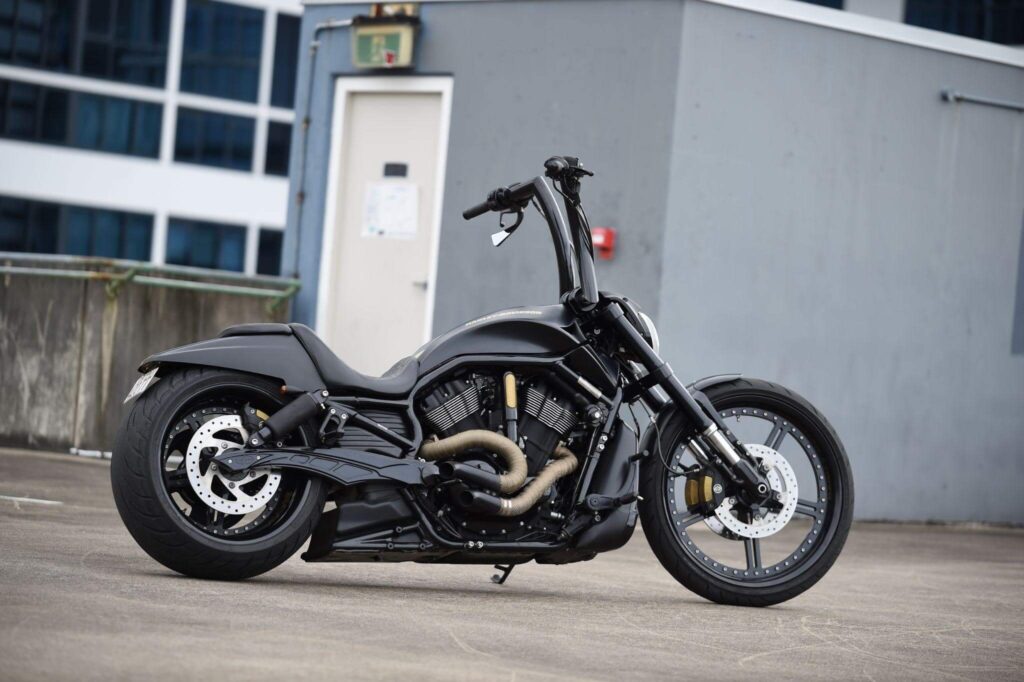
At Taverner Motorsports, we offer major servicing and repair work for most motorcycles, particularly British models and Harley Davidson, including motorcycle engine balancing. So, if you need a professional team for motorcycle crankshaft balancing, contact us today and request a quote.
Our team has over 40 years of experience in the industry and is experienced in all aspects of motorcycle servicing and repair work. We understand how important a motorcycle can be to its owner and the sentimental value it can have, so we always treat the bikes we work on as if they were our own.
At Taverner Motorsports, we also understand the importance of using high-quality components for repairs and servicing. If you come to us for any work, you have the option of both genuine and aftermarket parts. We will also keep you informed throughout the whole process and maintain complete transparency—keeping you informed of repairs required, estimated costs, and a timeline for completion.
If you require any major repairs, servicing, or engine balancing, contact the Taverner Motorsports team for a quote. We’re also happy to answer any queries you may have.
